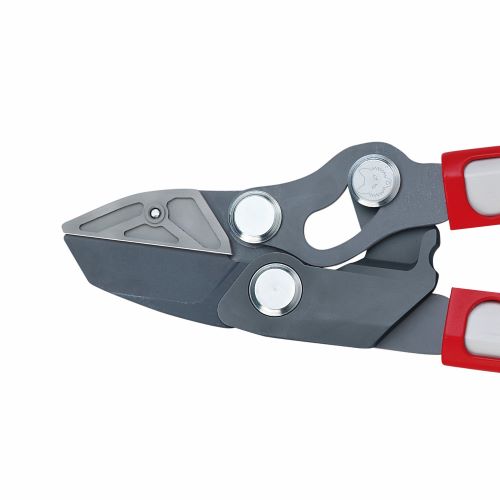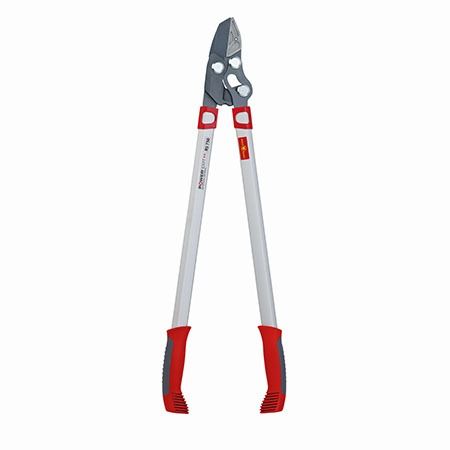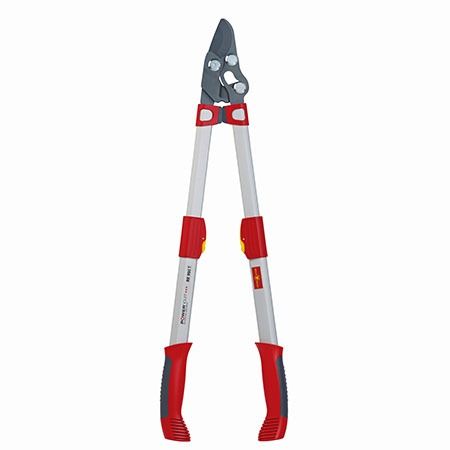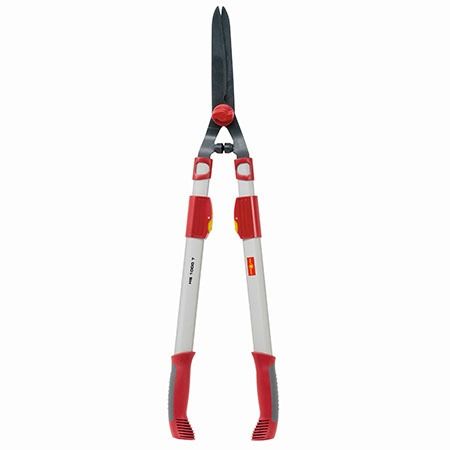5 Tips for Choosing the Right Loppers for You
1. Choose the right blade for your needs.
If you're cutting rough, dead branches go with an Anvil lopper. Designed with a blade that cuts against a steel plate, the Anvil lopper will smash through any tough jobs. For trimming healthy plants that require a clean cut, go with a Bypass lopper. Bypass loppers so just that, bypass or slide along eachother like a scissor. This blade leaves a clean cut, necessary for branches to heal quickly and continue growing healthily.
2. Think length.
Consider your body type and the types of branches you'll be working with. Telescopic loppers are a great option for a mix of jobs. Extend the handles for more leverage for tall hedges or thicker branches, or keep them shorter for control and comfort on smaller limbs. Choose a set that makes adjusting the length quick and easy, without compromising on quality or strength. Standard loppers come in a variety of lengths, make sure to think about this when you choose what's best for your most common uses.
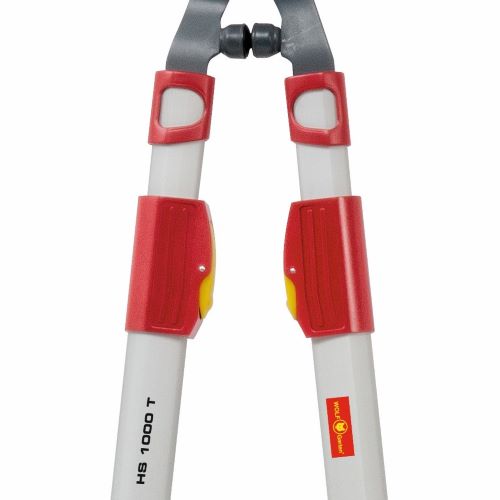
3. Comfort comes first.
Ergonomically designed grips will fit your hands best and offer a comfortable cut even during longer pruning jobs. Look for grips that fit your hand size and if you need some added comfort a rubber padded grip is also a winner. Make sure they're a reasonable weight for you to handle, especially if you'll be working with them for longer periods.
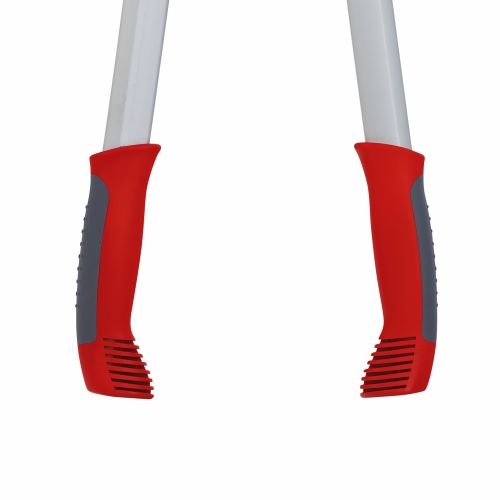
4. Shock absorption makes a difference.
Good quality Bypass loppers will have a bumper or cushion below the blades to prevent the handles from hitting while you cut. This will make for a smoother, more comfortable cuttinge experience. Look for loppers that have a decent gap between the handles to prevent hand injury.
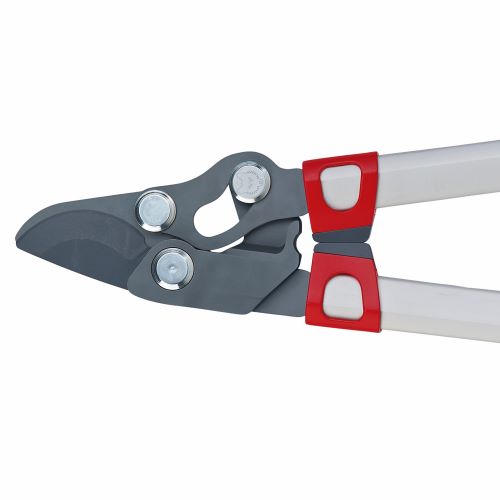
5. Steel can't be beat.
Hardened steel blades offer durability, longer lifespan and less frequent sharpening. Investing in steel can save you money in the long run.



